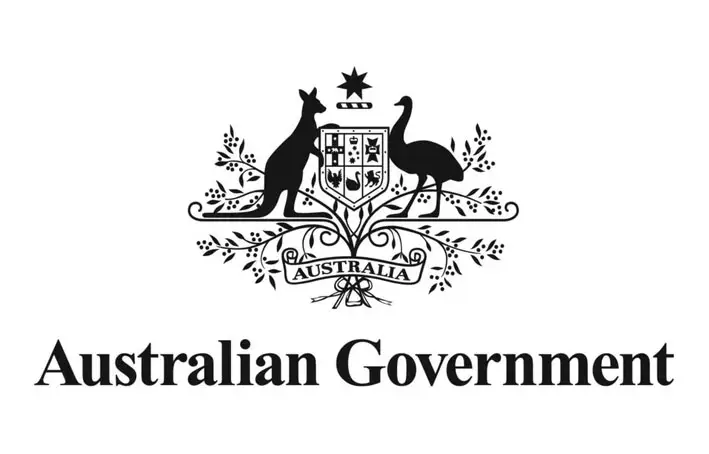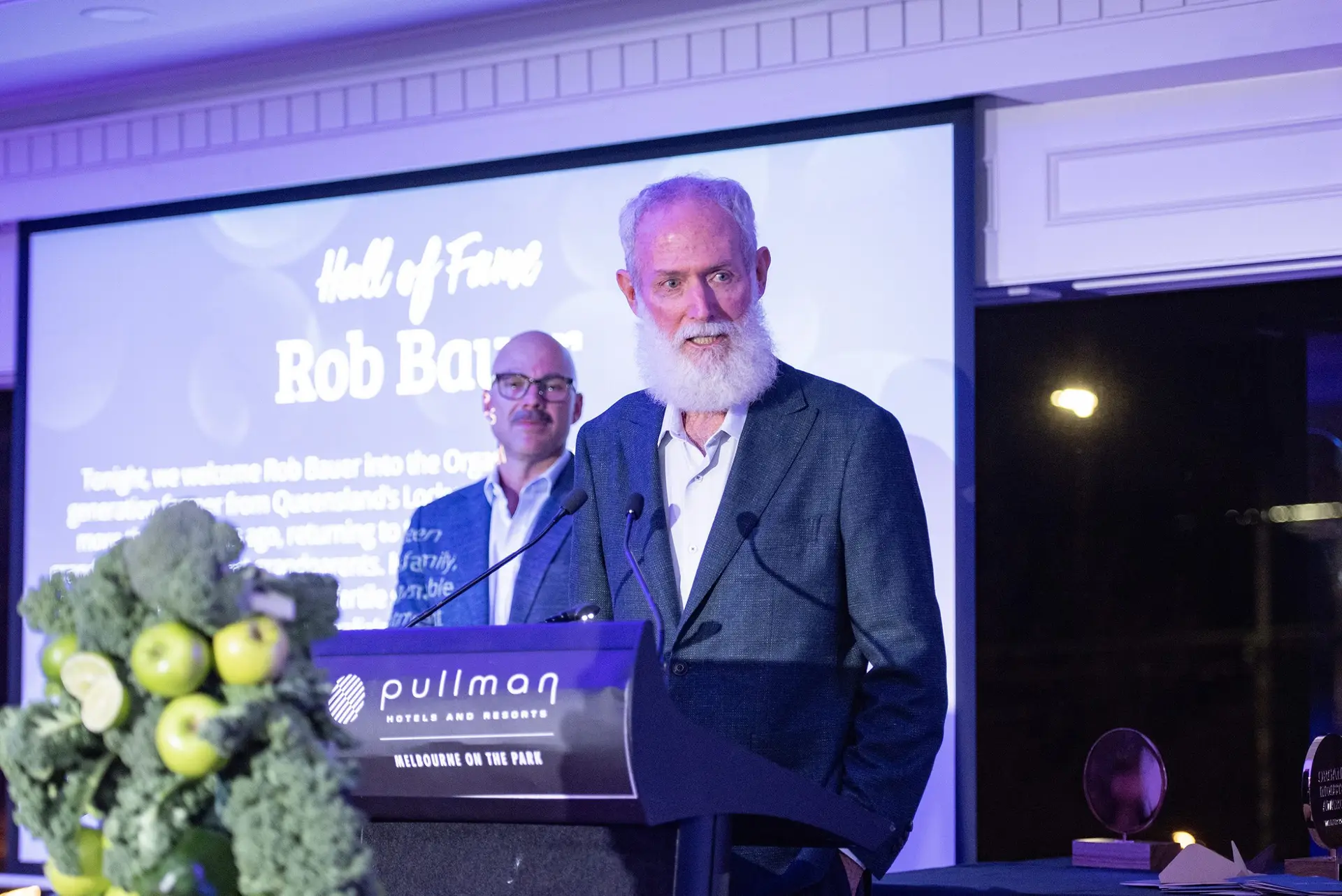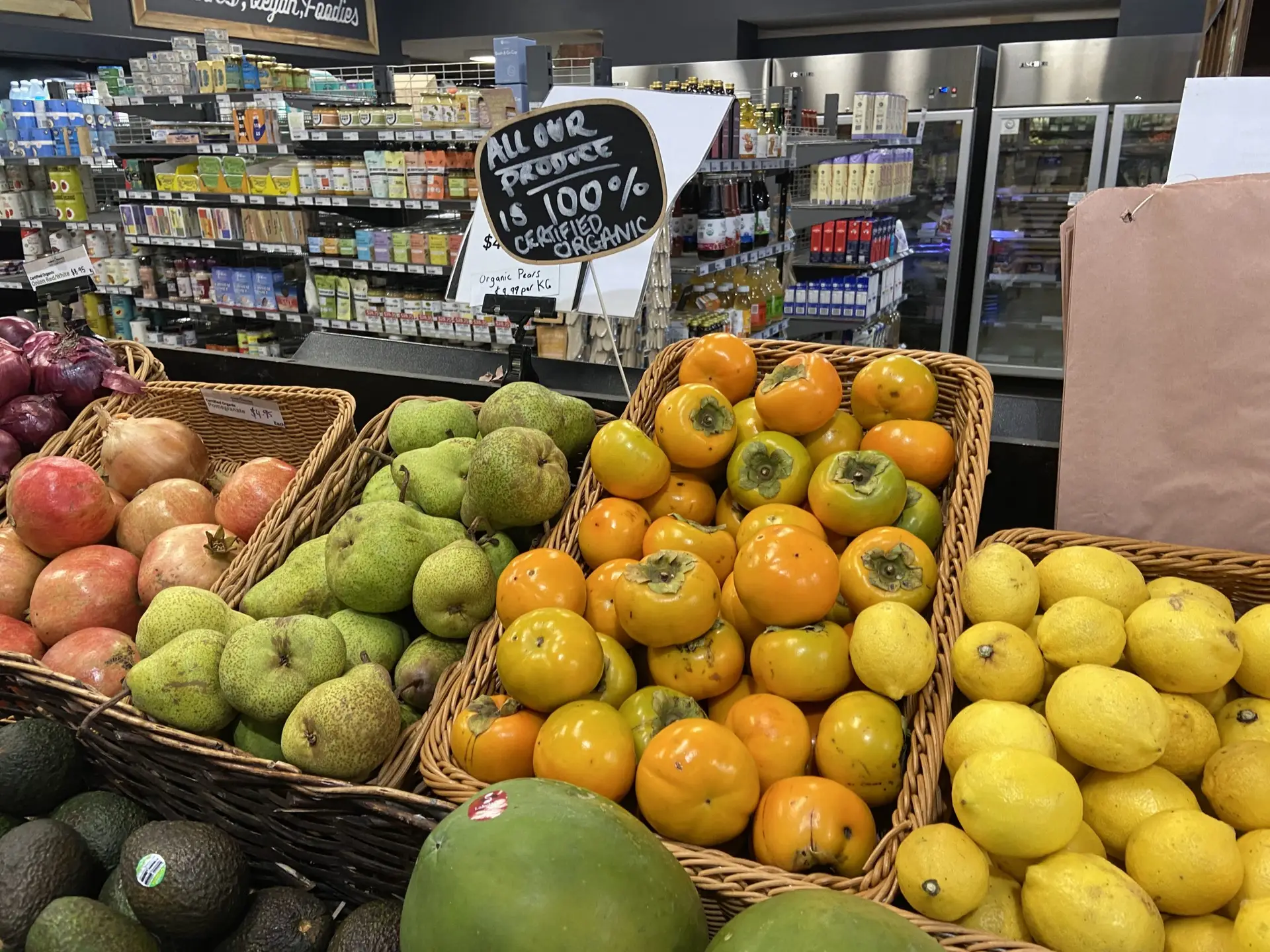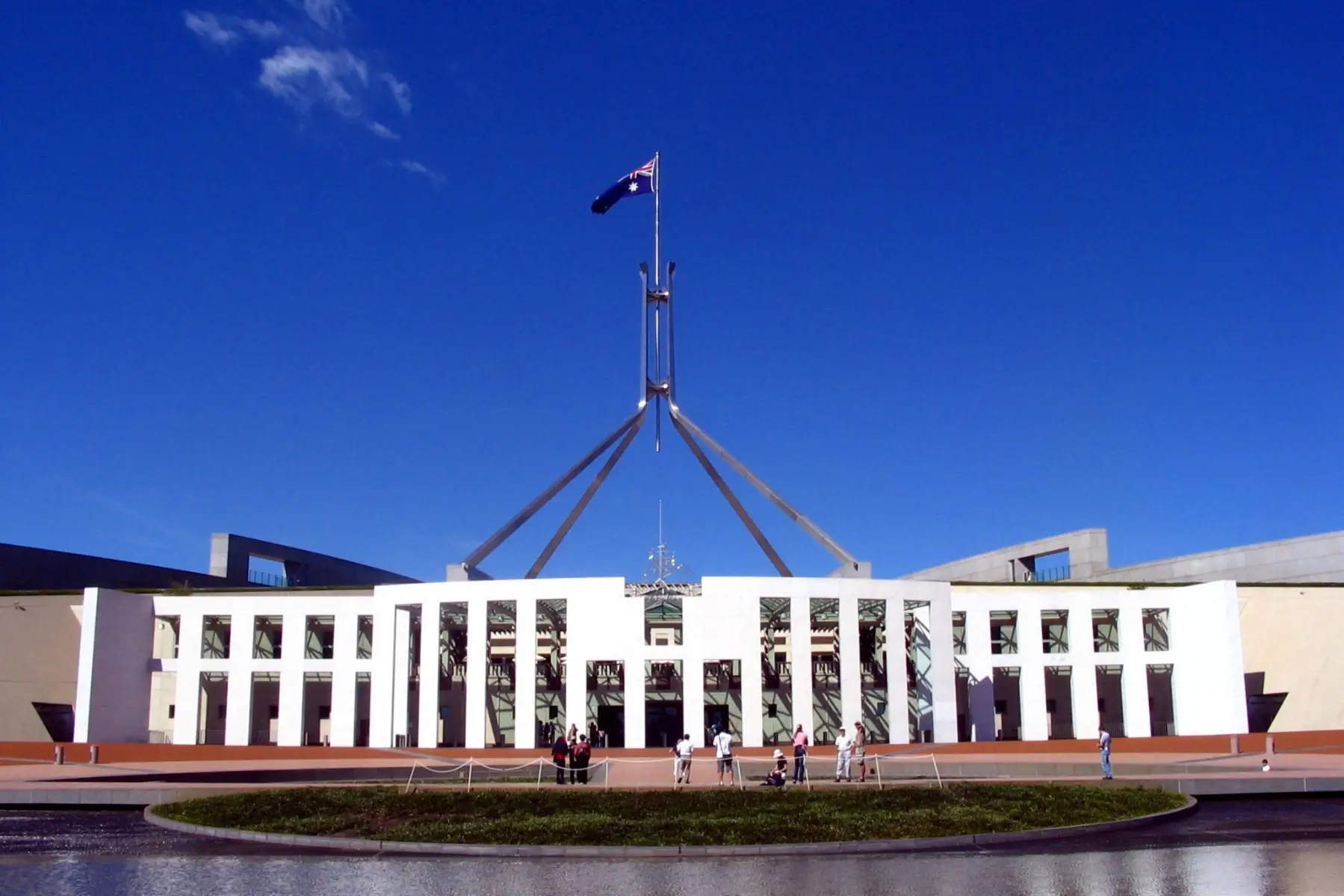Media release
Long-term view key to $100 billion agriculture target
Reaching the target of $100 billion in agricultural output will require industry to take a long term view, and continue to take hard choices that lift farm productivity and keep Australian exports competitive against rivals, ABARES Executive Director Dr Steve Hatfield-Dodds told the 2020 ABARES Outlook Conference in Canberra today.
“We have enjoyed a run of favourable output prices, particularly for livestock products. These higher prices have accounted for about 90 per cent of the increase in output value over two decades,” Dr Hatfield-Dodds said.
“While we all hope prices stay favourable, which ABARES considers likely for livestock over the next few years, getting to $100 billion will require hard work and tough choices.”
Dr Hatfield-Dodds listed several steps that would be vital to meeting the National Farmer Federation’s goal of lifting the value of Australian agricultural production to $100 billion over the next decade, including maintaining the trend towards larger farms, as well as improvements in harnessing data and managing precious natural resources.
“Increased farm scale has accounted for more than two thirds of the growth in average broadacre farm income since 1990. Indeed, without this increase in scale is not clear that farming would be financially attractive to the next generation,” he said.
“Farm consolidation helps diffuse better management practices, and many technologies and capital equipment have economies of scale.”
While farmers were already adapting to drier conditions over the past two decades that were impacting on farm profits, Dr Hatfield-Dodds said more challenges lay ahead.
Australia has one of the world’s most sophisticated water trading markets, designed to ensure water on the driest inhabited continent was put to best economic use.
“ABARES finds water trade delivers an average of $150 million in increased output value in the Murray Darling Basin each year and four times that amount in a very dry year,” he said.
“Some communities are concerned about water trade moving water out of their region, and water recovery feels very here and now, while the benefits of a healthy working river feel distant particularly in times of drought.
“We know that water markets are complex, and can be difficult to understand. ABARES analysis finds a combination of factors are putting upward pressure on price of water allocations.
“The fundamental driver is that water markets have unlocked new opportunities. People see these opportunities and are willing to bid for water to take advantage of them.
“Moving from old patterns of water use to new ones can be disruptive. But it is also what puts food on the table, and keeps industry profitable.
“Recent perennial plantings, particularly of almonds, will help boost the value of Australian agriculture. That is important. These same almonds will also require more water as they come to maturity.
“This and other factors will see an ongoing trend towards higher average prices benefiting entitlement holders, but adding to the pressures on some farms and sectors.”
In an increasingly connected and competitive world, Dr Hatfield-Dodds said the producers and exporters of tomorrow must continue to focus on understanding consumers’ wants and needs, including being ready to substantiate claims around clean, healthy, and sustainable food.
Farmers in the future could also benefit from being paid to deliver conservation and ecosystem services alongside existing agricultural production, potentially boosting landholder incomes substantially.
“I think the stars might be aligning to make this practical at scale, delivering a new source of income for farmers and a range of public good benefits to the wider community,” Dr Hatfield-Dodds said.
“The future will not be like the past. We will need to anticipate, innovate and collaborate to stay ahead of the curve.”





